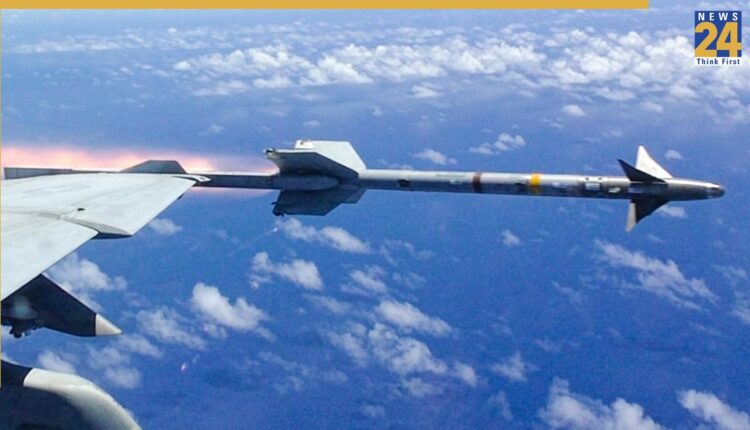In a significant move to counter the rising threat of drone attacks, Israel has upgraded the American AIM-9M “Sidewinder” missile. Traditionally launched from fighter jets, the missile’s seeker or sensor head has been modified by Israel. This change will enhance the missile’s ability to detect and destroy small, slow-moving enemy drones with greater precision.
About AIM-9M Sidewinder missile
Sidewinder missiles are among the world’s oldest and most reliable air-to-air missiles. They typically attack by tracking the heat emitted by fighter jets. However, drones, especially small ones, produce very little heat, making them difficult for these missiles to detect. Therefore, Israel has modified the AIM-9M’s infrared seeker.
Developed by the US Navy in the 1950s, the Air Intercept Missile (AIM)-9 Sidewinder is a supersonic, short-range air-to-air missile. The missile entered into service in 1956 and its variants and upgrades remain active in service with many air forces. The US Air Force had purchased the Sidewinder after the Navy developed the missile at China Lake, California. Sidewinder is the most widely used missile in the US Armed Forces and is employed by Navy/Marine’s F/A-18A-D, F/A-18E/F, AV-8B, AH-1 and the Air Force’s F-16, F-15, F-22 and A-10 aircraft. Moreover, due to its precision and strike capabilities, Sidewinder is flown by over 30 international customers on over 12 different types of aircraft.
The components of these missiles include, an infrared homing guidance section, an active optical target detector, a high-explosive warhead, and a rocket motor. Interestingly, the infrared guidance head enables the missile to home on target aircraft engine exhaust. The seeker permits the pilot to launch the missile, then leave the area or take evasive action while the missile guides itself to the target.
How can it strengthen IAF?
Like the way Israel has upgraded its old and low-cost missiles, the Indian Air Force (IAF) can also enhance its capabilities against drone attacks by upgrading the seekers of its missiles. It’s worth noting that India also faces frequent drone incursions from Pakistan and China. Amid this, Israeli technology could be a valuable lesson for India in adapting its older weapons to anti-drone capabilities.

